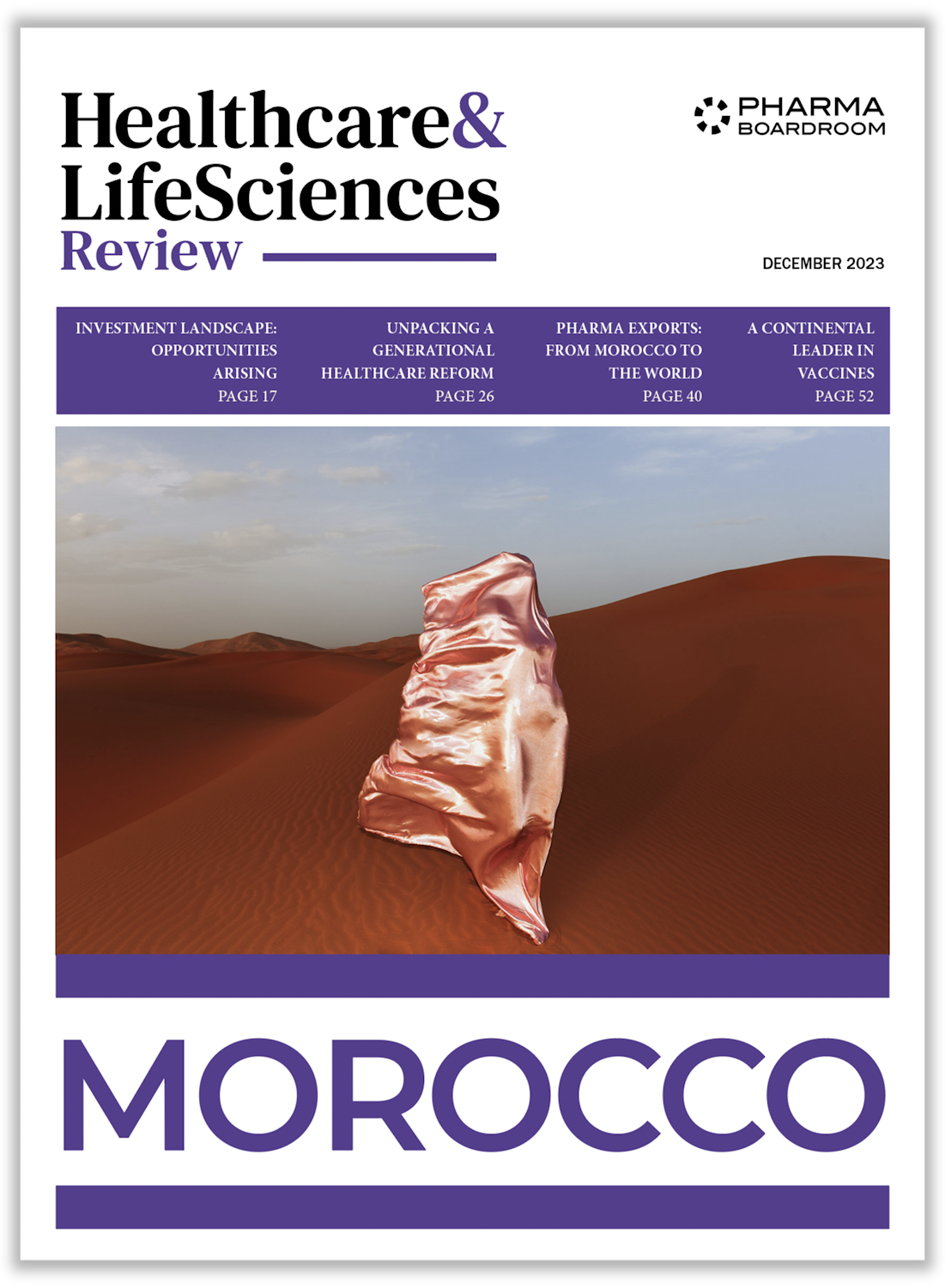Cell & Gene Therapy
Making CAR-T Therapy Affordable
While CAR-T therapies may well constitute the frontrunners in an amazing fresh wave of cell-based biomedical innovation that opens the door to truly individualized medicine, doubts continue to linger about their overall affordability and applicability. Though uncontestably an exciting new weapon in the war against cancer, sceptics still struggle to imagine their ultimate mass-market viability.

While CAR-T therapies may well constitute the frontrunners in an amazing fresh wave of cell-based biomedical innovation that opens the door to truly individualized medicine, doubts continue to linger about their overall affordability and applicability. Though uncontestably an exciting new weapon in the war against cancer, sceptics still struggle to imagine their ultimate mass-market viability.

SHARE
Share on twitter
Share on linkedin
After all, Novartis’ revolutionary genetically modified autologous T cell immunotherapy against Leukaemia comes in at a hefty price tag of USD 475,000 catapulting it to the status of one of the most expensive drugs of all time. Once one starts factoring the additional expense of wrap-around care and side-effect management, some estimates forecast costs per patient as cascading to upwards of one million dollars!
“The proof of concept that cell and gene therapies actually work already exists. Research demonstrates that CAR-T therapy for certain cancers have dramatically improved the lives of a small patient group, but how can this success be scaled to the point where millions of citizens from any demographic can have access to these innovations at a reasonable cost to our health systems?” wonders Pierre Meulien, executive director of the Innovative Medicines Initiative (IMI).
“While this category of breakthrough therapies undeniably reflects the harnessing of state-of-the-art scientific advancement and can deliver demonstrable benefit, most of our current healthcare systems are simply not structured to handle such a lofty up-front sticker price, acknowledges Anne McDonald Pritchett, SVP Policy and Research, at the Pharmaceutical Research and Manufacturers of America (PhRMA).
A case in point is perhaps Gilead’s experience in the United Kingdom where the company’s flagship CAR-T therapy for two aggressive forms of non-Hodgkin lymphoma, Yescarta, was initially rejected for use on the National Health Service (NHS) with the National Institute for Health and Care Excellence (NICE) judging the full list price ‘unsustainably exorbitant’ when applied to their cost-effectiveness metrics. A deal was finally reached, but only after an entire year of subsequent negotiations and discounting.
Cutting Throught the Misconceptions
The drug makers themselves, however, insist that the majority of CAR-T therapies delivery vastly better value for money than any alternative conventional treatments. “There are actually a lot of misconceptions about what cell therapies like this really cost to society. What tends to happen is that people will see, in isolation, the price tag of some of these sophisticated therapies and believe that that is what is blowing up healthcare budgets, but actually this couldn’t be from the truth,” argues Kris Sterkens, chairman of Janssen for EMEA. “CAR-T, if properly introduced, can generate considerable budget savings for hospitals. In many cases these are one-time curative treatments that remove the cost of future care and enable the patient to return to economically productive healthy lives. The resulting economic dividend is immense.”
The argument goes that payers need to approach the issue from a birds-eye perspective to appreciate the substantial opportunities for value creation in a one-time curative therapy that delivers an entire lifetime of benefit. With existing treatments, patients that survive require on-going care from medical specialists and their families resulting in heavy societal costs. The non-profit Institute for Clinical and Economic Review (ICER), in conjunction with the University of Colorado, actually conducted a study to validate this assertion. They assessed the clinical effectiveness against the value of both Novartis’ and Gilead’s CAR-T offerings in comparison with chemotherapy. Their unequivocal conclusion was that both cell and gene therapies, in spite of their pricing structures, did indeed provide cost-effectiveness as soon as patient survival, quality of life, and healthcare costs over the lifetime of the patient were all accounted for.
There are actually a lot of misconceptions about what cell therapies like this really cost to society.
Alternative Payment Models
The brute fact remains, however, that legacy healthcare apparatuses are struggling to accommodate these sorts of therapies. This is because the payment systems in place tend to exact fees per service rendered and volume of drug administered, not in proportion to expected healthcare outcomes. “Most of today’s innovative therapies are for chronic disease management and payers are used to reimbursing over a period of time. Today’s administrative systems are simply not set up for one-time interventions that unfold their therapeutic potential over many months, potentially years, so we have to think outside the box and explore alternative contractual models that are more value-based whether that takes the form of risk-sharing or pay-per-performance mechanisms,” reflects Emanuele Ostuni, Head of Cell & Gene Therapy for Novartis Oncology in Europe.
Biopharmaceutical companies are thus increasingly exploring innovative-contracting arrangements in which payment reimbursement for new treatments is tied more closely to patient outcomes. Joseph La Barge, chief legal officer at Spark Therapeutics believes that the arrangement his company devised for bringing to market Luxturna, a novel gene therapy for the treatment of inherited retinal disease, may provide a roadmap for future gene therapies, including its innovative direct-to-payer model. “Instead of the traditional model of selling the drug to a hospital system, which may buy at a discount and then mark up to the payer, Spark sells the product directly to payers, and drop ships to the treatment centre,” he explains.
“If we’re really going to enable the business model for one-time therapies to prosper, we have to change the regulatory environment to really enable the value of a therapies to be tied to their price. Being able to bill or be paid over time, only if those drugs continue to work, is critically important for the success of these therapies,” insists La Barge.
Novartis’ experience as a first mover in securing reimbursement for a CAR-T therapy demonstrates the importance of tailored contractual models. “We quickly realized that cell and gene therapies often act as a magnifying lens to existing problems within healthcare systems and that, since every care system exhibits its own, highly unique attributes, we could not hope to realistically deploy the same format everywhere. Rather than pursuing a one-size-fits-all approach, we are instead striving to collaborate with each specific payer to find bespoke solutions that match their individual needs,” confides Ostuni.
A Bargain-Basement CAR-T?
Finally, some drug developers like Cellectis are gunning for a universally applicable, identikit version of CAR-T therapies that would do away altogether with all the expensive, personalized precision elements inherent to an ‘autologous’ treatment approach. “Our goal is to shift the CAR-T therapies available today on the market into real frozen pharmaceutical products by harvesting T-cells from healthy donors, which can be gathered from the leftovers of blood donation, and engineered into cancer-fighting cells. Cellectis is working to develop this concept of off-the-shelf, gene-edited Universal CAR-T cells that could become a standardized treatment for all patients in the same way that a traditional pharmaceutical drug is used and at significantly more favourable price points,” announces the company’s chairman and CEO, André Choulika.
“In Universal CAR-T we are striving for a gene therapy for all patients that hospitals all over the world can keep in their inventories and utilize like a normal pharmaceutical. Yes, the therapy will be more expensive than some other drug options, but it will nevertheless fit into the traditional reimbursement scheme due to its universal benefits and cost saving,” he promises.
The Power of Cell & Gene
27.04.2020
Cell and gene therapies are fast emerging as one of the most prospective and keenly anticipated areas of biologic medicine. Their buzz can be attributed both
Interview with Emanuele Ostuni, Novartis Oncology
27.04.2020
Emanuele Ostuni, Novartis Oncology’s head of cell and gene therapy for Europe, gives an overview of the introduction of the company’s CAR-T therapy to Europe, the work still to be done to get this product to more patients who need it across the continent, and the future of cell and gene therapy in Europe…
Big Pharma’s Quest for Blockbuster CAR-T
27.04.2020
It has been a full three years since, first Novartis, then Gilead, took the medical world by storm by gaining FDA approvals for chimeric antigen receptor (CAR) T-cell therapies, billed as the cornerstone of future cancer care. While such treatments are undoubtedly game-changing from a scientific standpoint…



